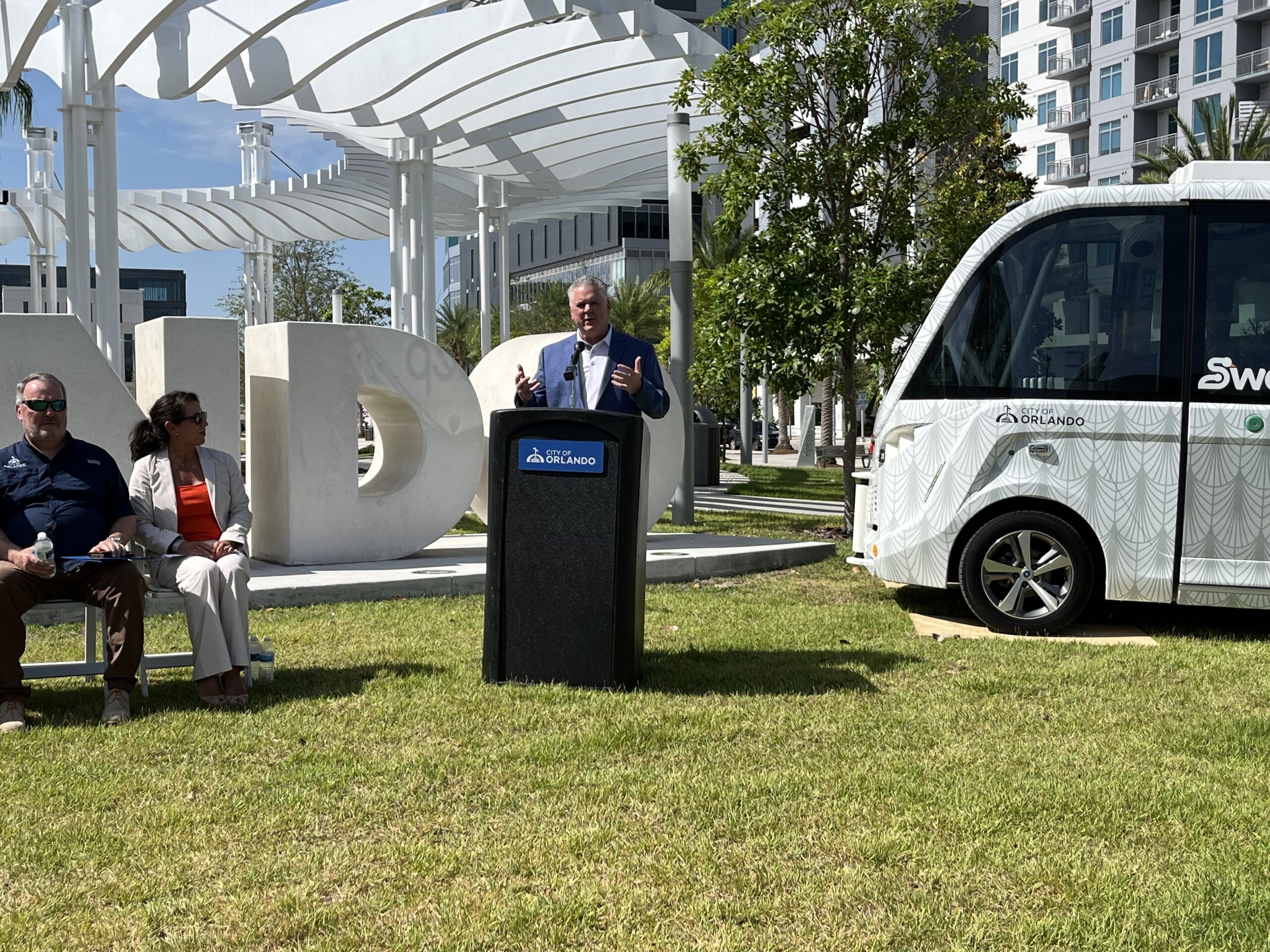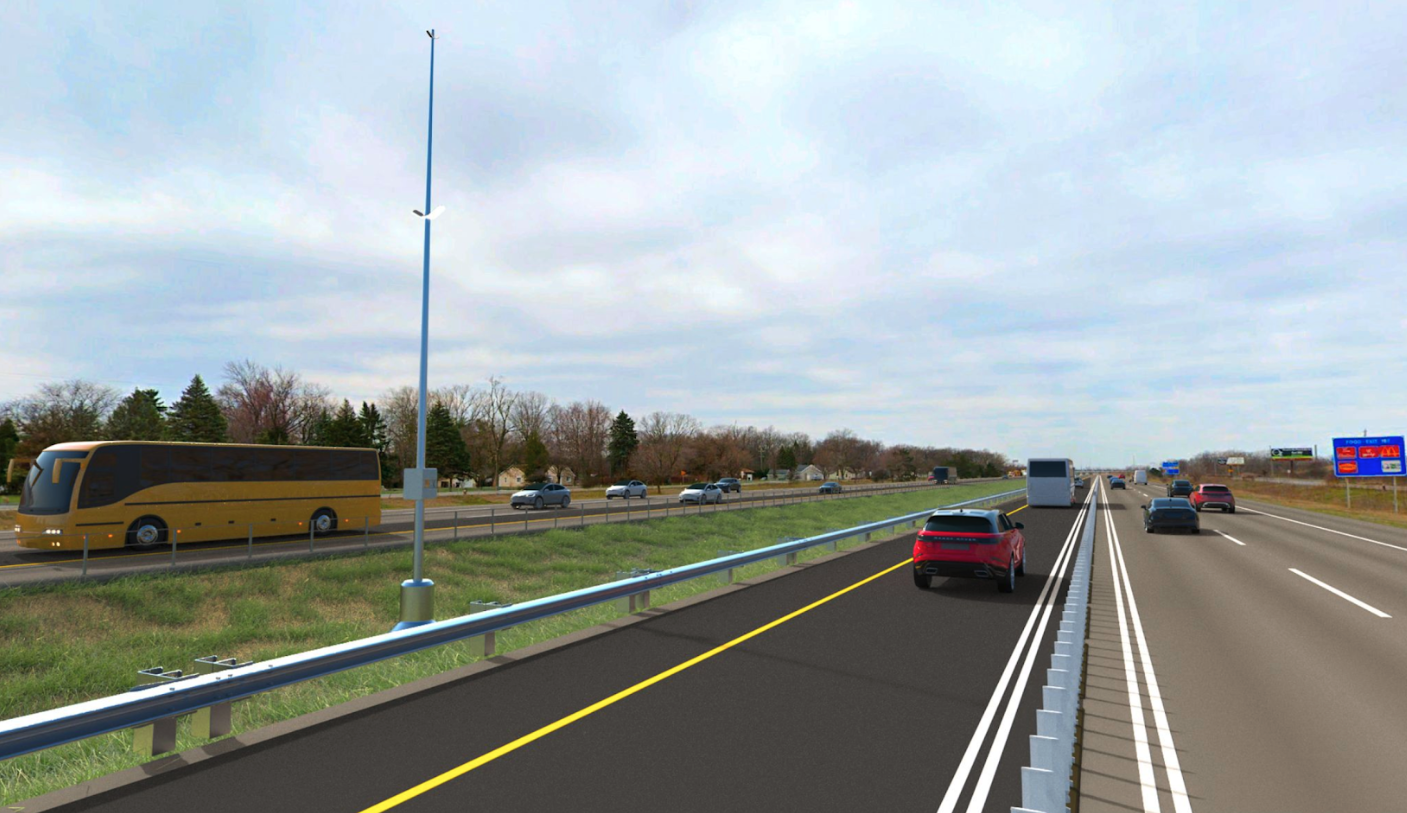The American Automobile Association (AAA) has published new research estimating that ADAS technologies could prevent approximately 37 million crashes, 14 million injuries and 250,000 deaths in the US over the next 30 years.
Advanced driver assistance systems (ADAS) use sensors and cameras to detect potential hazards, warn drivers or take corrective action.
These systems are currently being rolled out in new vehicles, and the AAA Foundation for Traffic Safety believes that their use will eliminate 16% of crashes and injuries and 22% of deaths that would otherwise occur on US roads in the absence of other measures being taken.
David Yang, President and Executive Director of the AAA Foundation said:The findings from this latest study on the AAA Foundation’s work in emerging technologies suggest that ADAS have the potential to transform road safety. However, the full safety benefits of ADAS will not be realised unless they are fully understood by the consumer, used properly, and widely adopted.
The AAA’s study recognises that the true safety benefits of ADAS will depend on factors such as consumer uptake, use and the future development of the technologies.
For example, research on adaptive cruise control (ACC) shows that drivers may initially lack the appropriate knowledge to use it properly, leading to misuse or mistrust.
The recent study also notes that while ADAS may save 250,000 lives over the next 30 years, nearly 900,000 lives will still be lost on US roads if current trends continue.
Jake Nelson, AAA’s Director of Traffic Safety Advocacy said:The future for ADAS is bright, but it’s not a cure-all. While these technologies offer substantial safety benefits, we cannot engineer our way out of traffic injuries and deaths on U.S. roads. Investments in a diversity of proven traffic safety measures, including but not limited to vehicle technology, is in order.
Examples of ADAS technology provided in this report include:
- Forward Collision Warning: detects a potential collision with a vehicle / pedestrian ahead and alerts the driver
- Adaptive Cruise Control: cruise control that also assists with acceleration and braking to maintain a steady gap from the vehicle in front
- Automatic Emergency Braking: detects potential collisions ahead, provides forward collision warning and automatically brakes to avoid or lessen the impact
- Lane Departure Warning: monitors the vehicle’s position within the lane and alerts the driver if the vehicle approaches or crosses lane markers
- Lane Keeping Assistance: provides steering support to help keep the vehicle in the lane
- Blind Spot Monitoring: detects objects in the blind spot and notifies the driver of their presence
A summary of the report can be accessed here.












